There a different types of FFL to choose from. Make sure you understand which FFL type is best for you.
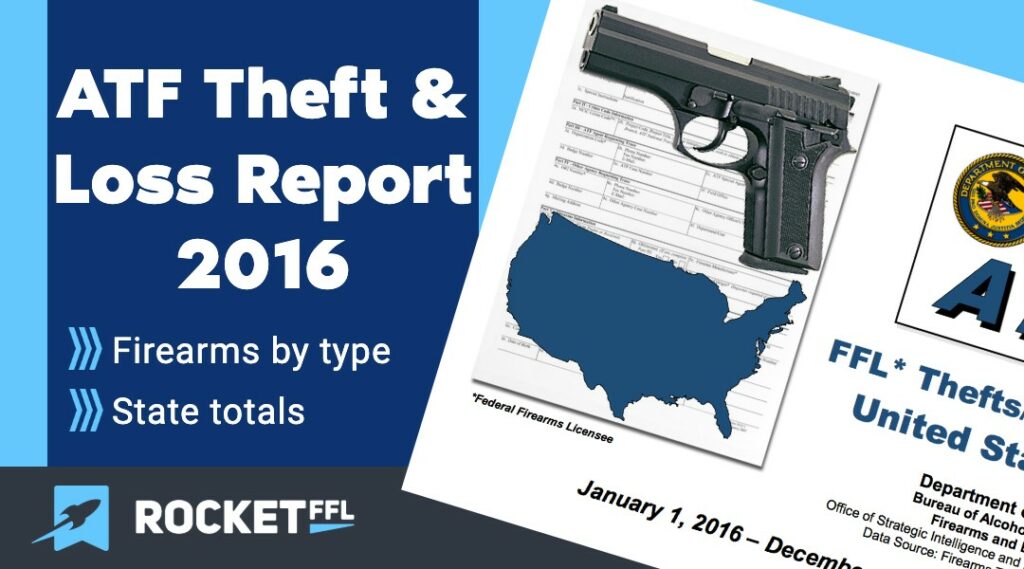
ATF Theft/Loss Report – 2016
ATF’s Theft/Loss Report
The ATF just released their report of FFL firearm thefts and losses from 2016.
The ATF report shows that Federal Firearms Licensees (FFLs) reported the following in 2016:
- Total firearms lost/stolen: 18,394
- Total firearms stolen: 9,281
- Total firearms lost: 9,113
Compared to the ATF’s 2015 Theft/Loss report, that’s a 124% increase in the total firearms reported lost/stolen (14,800 in 2015), a 150% increase in the number of firearms stolen (6,163 in 2015), and a 105% increase in the number of firearms lost (8,637 in 2015).
Here’s a chart showing the breakdown of reports by category of firearm and type of report:
FFL Requirement to Report Thefts/Losses
Under federal firearms laws and ATF rules and regulations, Federal Firearms Licensees (FFLs) are required to report the theft or loss of a firearm within 48 hours of determining that the firearm was lost or stolen. There is a specific process that must be followed – not only in making the report properly but also in ensuring that the FFL’s records are updated to properly reflect that the report has been made so that they aren’t cited with a violation of the Gun Control Act (GCA) during their next ATF compliance inspection. If you’re curious about these requirements, consider taking our course on ATF Firearms Compliance. In that course, we also explain how to avoid potential problems with local law enforcement if there’s no reason to believe that criminal activity occurred (i.e. truly lost instead of stolen).
[bctt tweet=”An FFL only has 48 hours to report a firearm they’ve determined to be lost or stolen.” username=”rocketffl”]
FFL Firearm Theft/Loss by State
The ATF report also included data on the number and type of reports by state.
- Most reports made: Texas (248)
- Most firearms reported: Georgia (1,539)
- Most burglary reports: Georgia (58)
- Most burglary firearms: Georgia (1,069)
- Most larceny reports: Texas (85)
- Most larceny firearms: California (162)
- Most robbery reports: Texas (10)
- Most robbery firearms: Texas (151)
- Most loss reports: Florida (106)
- Most lost firearms: Alabama (842)
Here’s some charts showing the breakdown of reports by state and type of report:
In their report, ATF added the following info:
- ATF data provides that the 10 FFLs with the most firearms reported in Theft/Loss Reports are associated with 2,582 firearms reported lost or stolen. This data is limited to Type 01 (Dealer in firearms other than destructive devices) and Type 02 (Pawnbroker in firearms other than destructive devices) FFLs.
- ATF data provides that the 100* FFLs with the most firearms reported in Theft/Loss Reports are associated with 7,664 firearms reported lost or stolen. This data is limited to Type 01 (Dealer in firearms other than destructive devices) and Type 02 (Pawnbroker in firearms other than destructive devices) FFLs.* There were 8 FFLs tied in the final ranking of the 100 Type 01 and Type 02 FFLs resulting in 107 total FFLs.
FFL Firearm Theft / Loss Totals Compared by Year
The ATF has been publishing similar reports since 2012. For a comparison of the total number of firearms reported lost or stolen by FFLs each year along with a break-down between how many were lost vs. stolen, see the below graph.
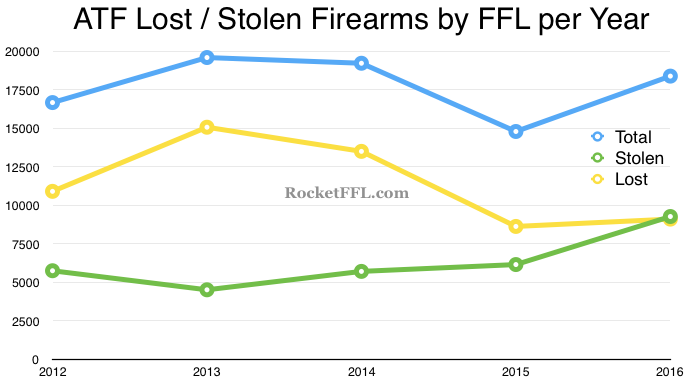
Recommended Posts

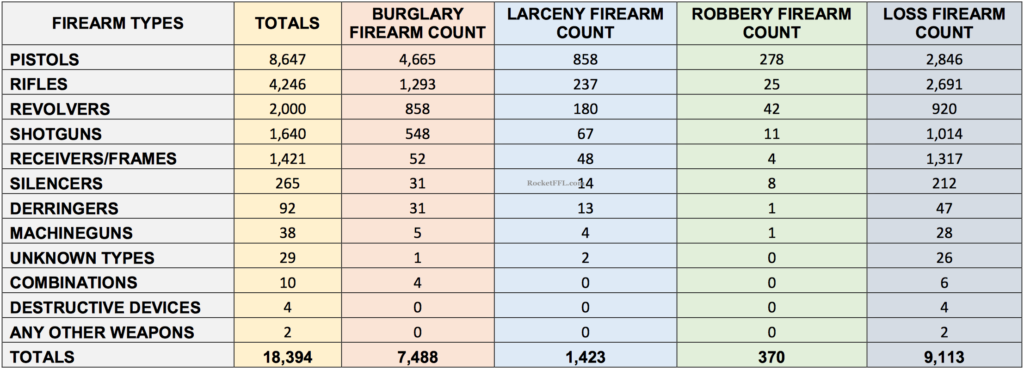

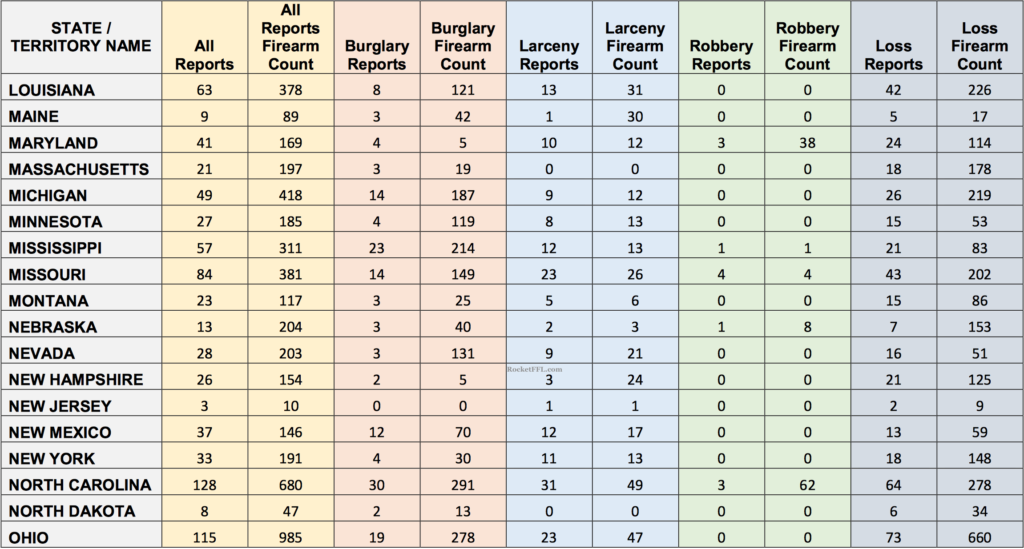
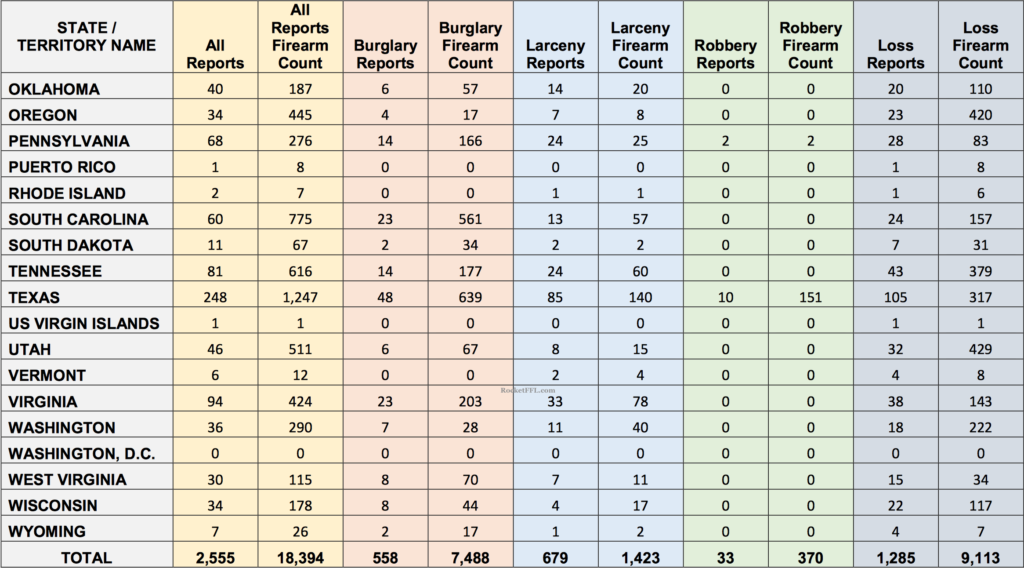
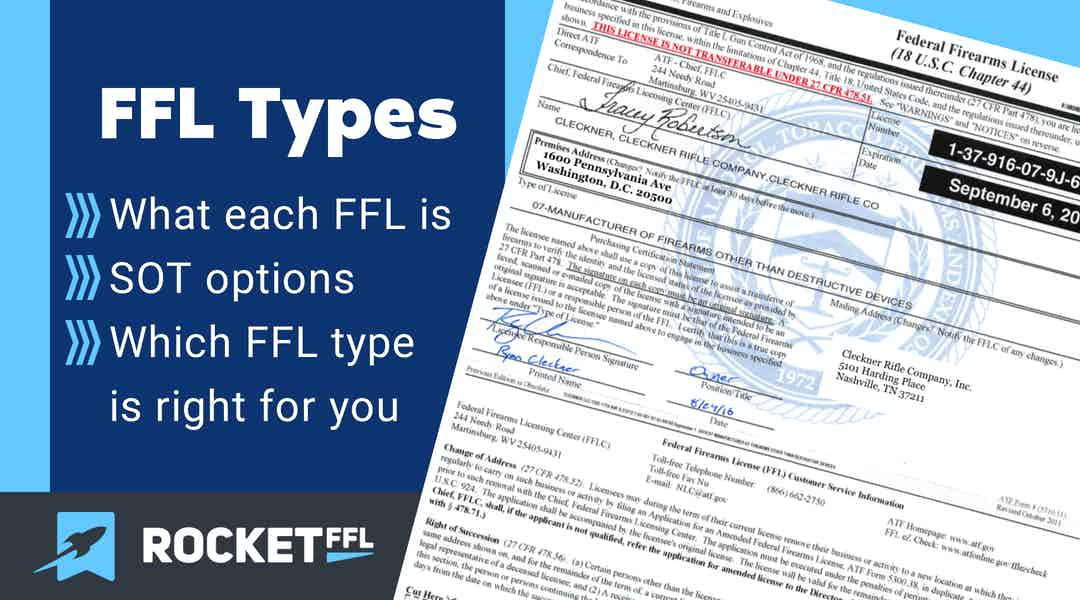
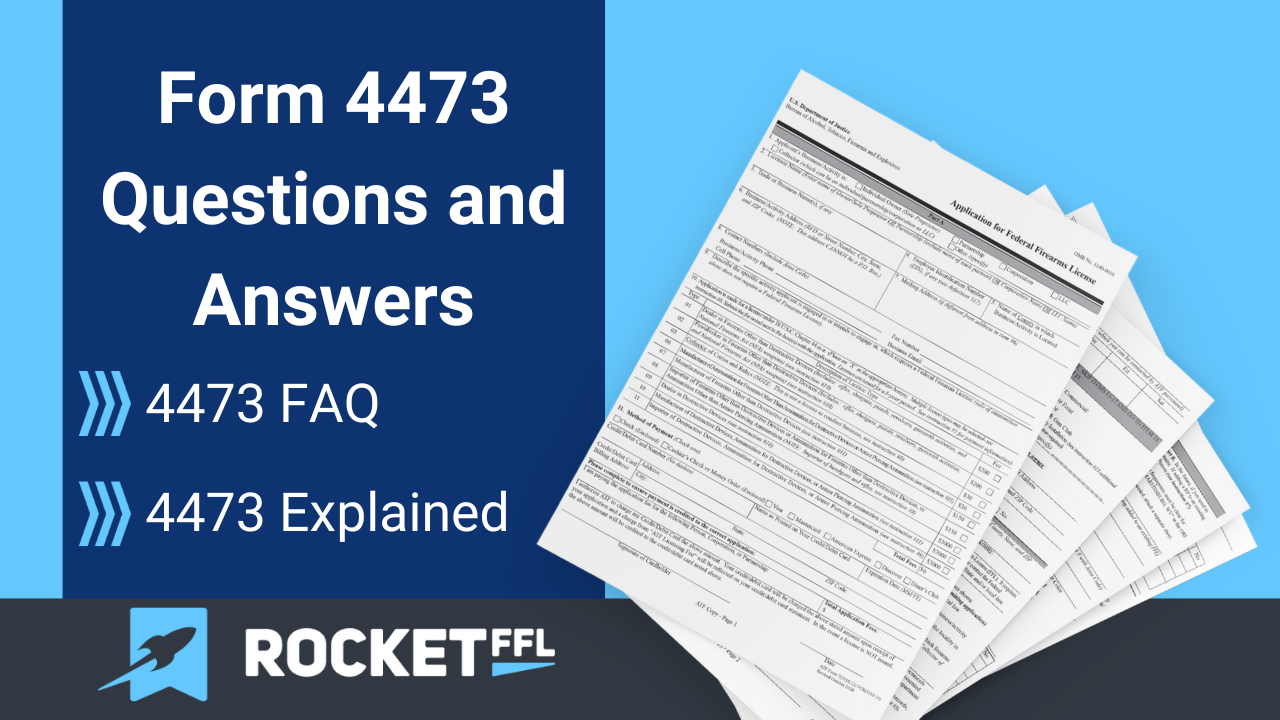
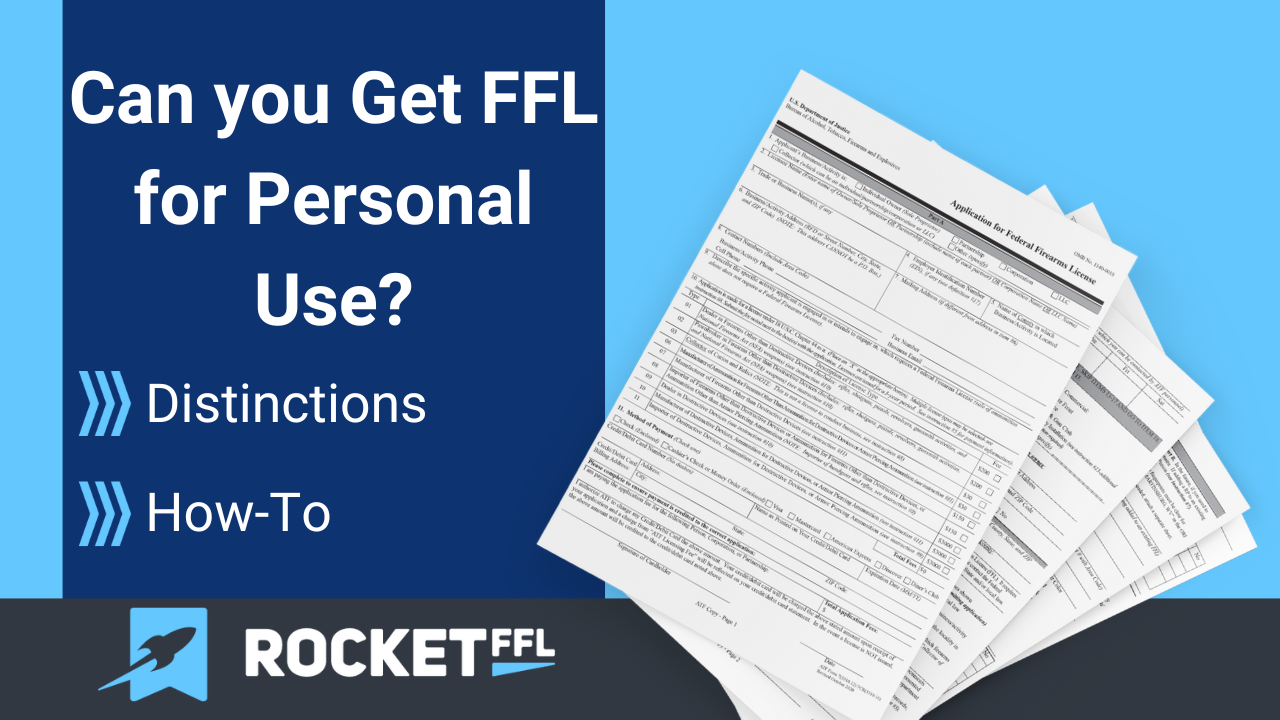
[…] The report continues by breaking down all of the information state-by-state. You can check out the full report here. […]